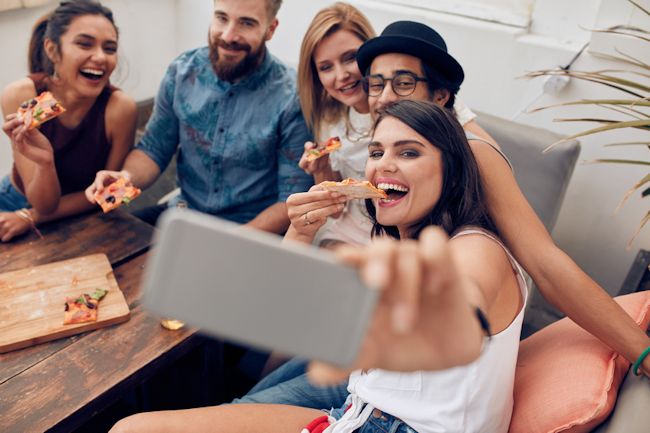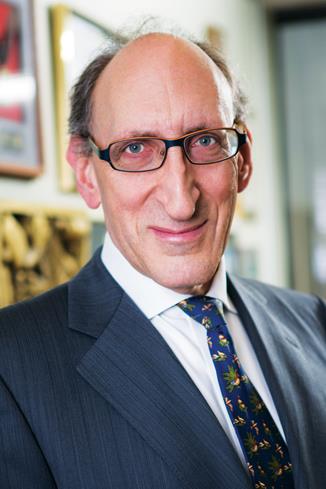
By Larry Mogelonsky, MBA, P. Eng. (www.lma.ca)
The rate at which consumer purchasing behavior is changing is downright scary. What worked only five years ago is now something for the junkyard. It’s a difficult world to understand and, importantly, you must be keen to grasp the elusive spending habits of millennials – the generation that is destined to become the primary influencer in the hospitality industry within ten years’ time, if not already!
A recent focus group of a dozen late-stage millennial travelers – that is, between the ages of 27 and 33 with no children and healthy median salaries – yielded some exceptional insights. In all, they averaged eight trips outside of home annually encompassing both business and leisure. Even more so than enjoying travel, it is an important part of their lifestyles, and as such they had a lot to say on the matter…
1. Airbnb is the major force in accommodations selection. All participants had stayed multiple times at Airbnb properties with generally positive experiences throughout. One also placed her apartment in the Airbnb pool when traveling. When probed, the group noted that their habits had changed over the past 18-24 months, as Airbnb had assumed the primary reference during the research phase ahead of hotels. Interestingly, the behavior was one of comparing hotel rates to those listed on Airbnb with other considerations including location advantages and speed of booking. Overall, the opinion on Airbnb is rarely one of it being an ‘alternate’ provider.
2. When selecting a hotel, respondents used Expedia, Hotels.com or Bookings.com. No one in the group knew the term ‘online travel agency’, thinking of it as web-booking. When asked why they used this method of hotel selection, they unanimously responded as to ease of making their total travel reservations including air and car rental. Probing further, they mentioned availability of a wide variety of guestrooms as another key reason, even with knowing about the perks of booking direct. Most fascinating was that even though TripAdvisor was consulted on most every hotel prior to booking, there was a slight sense of distrust with the reviews.
3. No emotion connection to hotel brands. While Marriott, Hilton and Hyatt were universally recognized, no one could explain the differences between these three and other top brands, nor could identify a sub-brand’s parentage. When the distinction between select service and full service was presented, no one could offer a clear definition, let alone name examples. One group member even thought a full-service hotel was one that offered free breakfast and WiFi. When asked about aspirational hotels – as in places they would select if cost was no concern – they specifically mentioned Four Seasons and Ritz Carlton.
4. Loyalty programs have limited value. Most members originally requested entrance to these programs to ensure that they received free WiFi when they were staying at the hotel. They did not see any other value, never reviewed their points balances, nor could they recall ever redeeming points for free rooms. Asking them further about loyalty, no single program stood out in a way to make the brand top of mind when traveling next.
5. Social recommendations are key. Insofar as media influences on future travel destinations, the primary source was recommendations from friends. All were active on social media – most notable because Instagram, Facebook, Snapchat, Pinterest and Tumbler – using these networks for ideas and initiatives. They rarely read travel magazines or travel sections of newspapers. Their television viewing was mostly limited to special events, sports, YouTube and other streaming services like Netflix.
Conclusions
If this small group is any indication of the next generation of primary hotel guests, all of us have our work cut out for us. While Airbnb and the OTAs have taken a significant share of mind (which will continue to translate into market share increases for both parties), from this small sample it should be readily evident that we aren’t doing enough to dissuade these new behavioral patterns from solidifying.
We need to reach millennials on social media and on their mobile devices; we need to educate them on our brands’ USPs; we need to supercharge our loyalty programs by clearly providing value. If we can make these broad changes, then we will be well-prepared for when the bulk of millennials reach the age where they are traveling regularly for business and leisure.
_______________
This article may not be reproduced without the expressed permission of the author.
Editors note: To discuss business challenges or to discuss speaking engagements please contact Larry directly.


